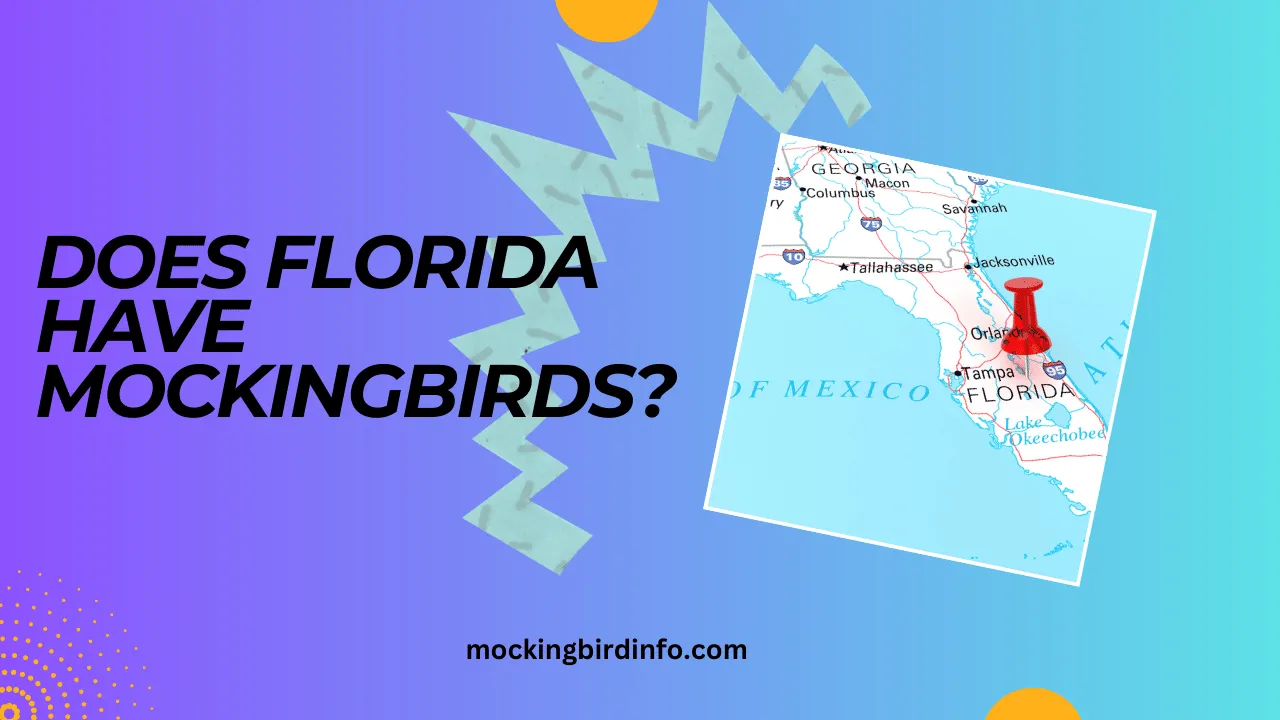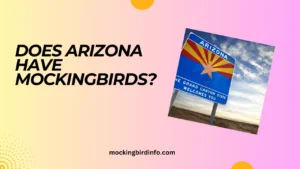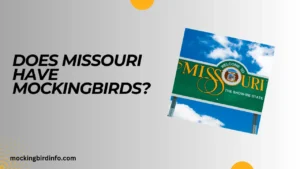Walking through a Florida park, you might hear the unmistakable melody of a mockingbird filling the air. This bird, renowned for its ability to mimic sounds ranging from car alarms to the songs of other birds, adds a touch of magic to any outdoor experience.
But have you ever wondered whether Florida is actually home to these incredible singers? The answer might surprise you: not only does Florida have mockingbirds, but it boasts a thriving population, particularly the Northern Mockingbird, a bird that has become synonymous with the state’s vibrant wildlife.
The Northern Mockingbird has been a fixture in Florida’s landscapes, found in diverse settings, from bustling urban neighborhoods to the serene wilderness of the Everglades. This bird’s adaptability and remarkable vocal talents make it a fascinating subject for birdwatchers and nature lovers alike.
But how did this bird become such an integral part of Florida’s ecosystem? This article will explore the distribution of mockingbirds in Florida, their habitat preferences, and the significant impact they have on the state’s environment, from seed dispersal to insect control.
As we dive deeper into the world of the mockingbird, we’ll examine their role in Florida’s ecosystems, their cultural significance, and the ways in which they enrich the state’s biodiversity.
Whether you’re a seasoned birdwatcher or just curious about the wildlife around you, the mockingbird’s story in Florida is a testament to the fascinating relationships between birds and the environments they inhabit.
Keep reading to discover why mockingbirds are much more than just an iconic songbird in the Sunshine State.
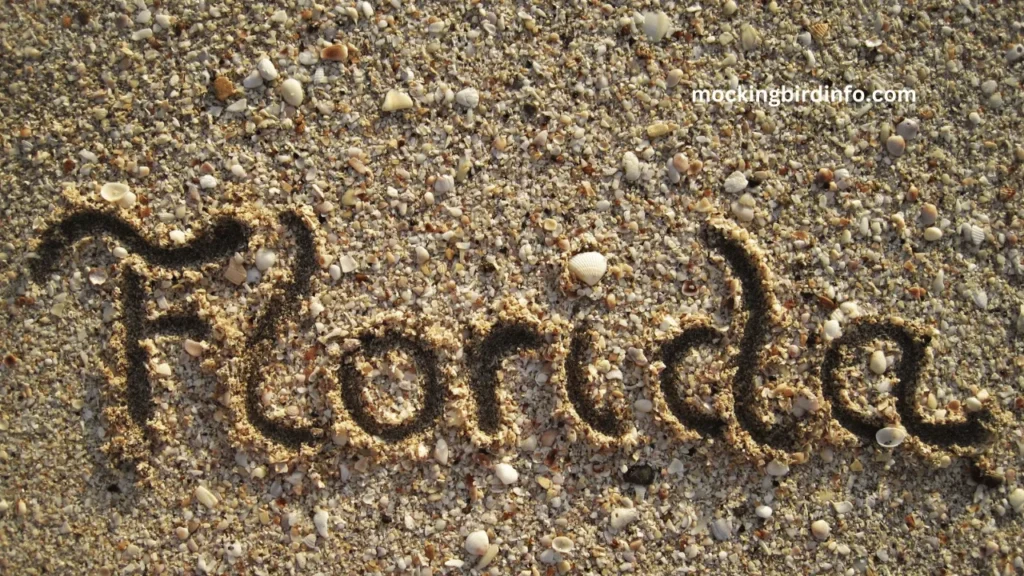
Contents
- 1 Distribution of Mockingbirds in Florida
- 2 Habitat Preferences
- 3 Impact on Florida’s Ecosystem
- 4 Cultural Significance of Mockingbirds in Florida
- 5 Conservation Efforts and Future Outlook
- 6 Conclusion:
- 7 FAQs:
- 7.1 1. Do mockingbirds live in Florida?
- 7.2 2. Where can I find mockingbirds in Florida?
- 7.3 3. What do mockingbirds eat in Florida?
- 7.4 4. Why are mockingbirds important to Florida’s ecosystem?
- 7.5 5. Are mockingbirds migratory in Florida?
- 7.6 6. Do mockingbirds have any cultural significance in Florida?
Distribution of Mockingbirds in Florida
Mockingbirds are widely distributed throughout Florida, from the Panhandle to the Florida Keys, making them one of the most common birds in the state. Their presence is felt in both urban and rural environments, where they adapt easily to different landscapes.
In fact, mockingbirds can be spotted in cities like Miami, Tampa, and Orlando, where they nest in residential areas, parks, and green spaces. Their adaptability also means that mockingbirds have successfully colonized a variety of habitats, ranging from coastal regions to forests.
While migratory patterns are typical for some bird species, mockingbirds in Florida tend to be residents year-round, as the state’s mild winters provide ideal conditions for them to thrive. Seasonal variations in mockingbird populations are minimal, as Florida’s moderate climate allows these birds to remain active throughout the year.
Habitat Preferences
Mockingbirds are highly adaptable and can thrive in a range of habitats across Florida. From wooded areas to urban gardens, mockingbirds are equally comfortable in natural environments as they are in human-modified ones.
They prefer areas with dense vegetation for nesting, which provides both shelter and protection from predators. These birds are also known to thrive in agricultural lands, where fruit-bearing plants and insects provide a steady food source.
Some of the key habitat features that attract mockingbirds include trees, shrubs, and open spaces for perching. Florida’s abundance of parks and backyards creates an ideal environment for mockingbirds, who are often seen perched on telephone wires or fences, surveying their surroundings.
The availability of water sources, such as ponds and streams, further enhances the attractiveness of Florida as a habitat for these birds. Moreover, mockingbirds have shown a remarkable ability to adapt to human-modified environments.
They can be found nesting in urban areas, landscaped gardens, and even on balconies, demonstrating their resilience in the face of urbanization. This adaptability has allowed mockingbirds to become a familiar sight in Florida’s suburban and urban areas, where their songs brighten daily life.
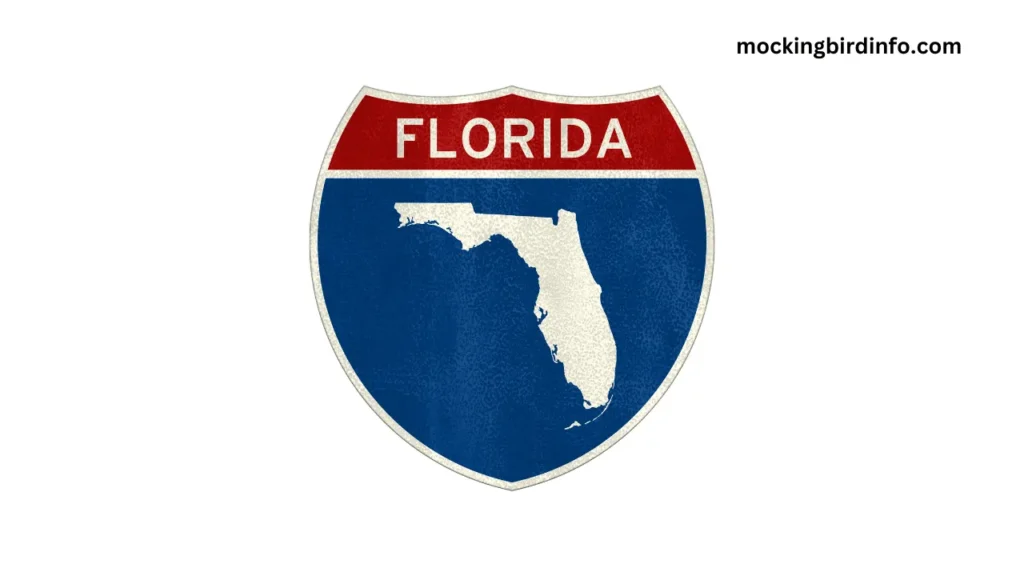
Impact on Florida’s Ecosystem
Mockingbirds play an essential role in maintaining the balance of Florida’s ecosystems. One of their most significant contributions is seed dispersal. By eating a variety of fruits, such as berries, grapes, and cherries, mockingbirds spread seeds through their droppings, helping to regenerate plant populations.
This behavior supports the growth of new vegetation, ensuring that Florida’s ecosystems continue to thrive. In addition to their role in seed dispersal, mockingbirds are also natural pest controllers.
Their diet includes a variety of insects, including grasshoppers, caterpillars, and beetles, which they hunt by perching and scanning the ground. By keeping insect populations in check, mockingbirds contribute to the health of both natural ecosystems and agricultural crops.
Farmers and gardeners benefit from mockingbirds’ insect-eating habits, which help reduce the need for chemical pesticides.
Furthermore, mockingbirds contribute to the ecological balance in Florida by acting as prey for larger predators, such as hawks and snakes. This interaction forms an important part of the food web, as mockingbirds help support other species higher up the food chain.
Cultural Significance of Mockingbirds in Florida
The Northern Mockingbird holds a unique place in Florida’s cultural history. Known for its song, which mimics the sounds of other birds, machines, and even human-made noises, the mockingbird has been a source of inspiration in literature and folklore.
In fact, the mockingbird is the state bird of Florida, a symbol of the state’s rich natural heritage. Its song is often associated with the freedom and beauty of Florida’s diverse wildlife.
In Florida, mockingbirds also hold a special place for birdwatchers and nature enthusiasts. As one of the most common and easily recognizable birds in the state, mockingbirds are often spotted in backyards, parks, and nature reserves, making them a popular subject for birdwatching.
Their mimicry and vibrant personalities provide endless fascination for those who observe them, contributing to the state’s thriving birding community.
For many, the mockingbird represents the richness of Florida’s wildlife, embodying the state’s diversity and natural beauty. Its presence serves as a reminder of the importance of conservation and the need to protect the habitats that sustain these remarkable creatures.
Conservation Efforts and Future Outlook
As Florida continues to grow, it is essential to ensure the conservation of habitats that support its diverse wildlife, including mockingbirds. Efforts to preserve natural areas, such as wetlands, forests, and parks, are crucial for maintaining healthy populations of mockingbirds and other native species.
Public awareness campaigns about the importance of protecting these habitats can help foster a deeper appreciation for the environment. Additionally, supporting sustainable agriculture and urban planning that integrates green spaces can provide mockingbirds with the resources they need to thrive.
Encouraging the use of native plants in landscaping, as well as reducing pesticide use, can also benefit mockingbirds by providing them with a natural food source and safe nesting sites.
Looking ahead, the future of mockingbirds in Florida is promising, as long as conservation efforts continue. By working together to protect Florida’s natural landscapes, we can ensure that these remarkable birds will continue to sing in our parks and backyards for generations to come.
Conclusion:
In conclusion, Florida is home to a thriving population of mockingbirds, particularly the Northern Mockingbird, which has become a beloved and integral part of the state’s wildlife. From their widespread distribution across Florida’s urban and rural landscapes to their vital role in seed dispersal and insect control, mockingbirds contribute significantly to the health of Florida’s ecosystems.
Their cultural significance further emphasizes their importance, as they are celebrated for their song and their place in Florida folklore. As we move forward, it is essential that we continue to support efforts to protect and preserve the habitats that allow mockingbirds to thrive.
Whether through conservation initiatives, public education, or sustainable practices, there are many ways to ensure that Florida’s mockingbird population remains strong and vibrant. These birds are more than just songbirds; they are key players in the ecological balance of Florida’s natural world, and they deserve our attention and protection.
FAQs:
1. Do mockingbirds live in Florida?
Yes, Florida is home to a thriving population of Northern Mockingbirds, which can be found throughout the state in urban, suburban, and rural habitats.
2. Where can I find mockingbirds in Florida?
Mockingbirds are commonly found in parks, backyards, and wooded areas across Florida, from the Panhandle to the Keys.
3. What do mockingbirds eat in Florida?
Mockingbirds have a varied diet that includes fruits, insects, and berries. They help control insect populations and contribute to seed dispersal.
4. Why are mockingbirds important to Florida’s ecosystem?
Mockingbirds play a critical role in maintaining the ecological balance by controlling insect populations, dispersing seeds, and supporting biodiversity.
5. Are mockingbirds migratory in Florida?
No, mockingbirds are typically **year-round residents** in Florida due to the state’s mild winters and consistent food sources.
6. Do mockingbirds have any cultural significance in Florida?
Yes, mockingbirds are symbolic in Florida, where they are the state bird and are celebrated for their song and presence in local folklore.

